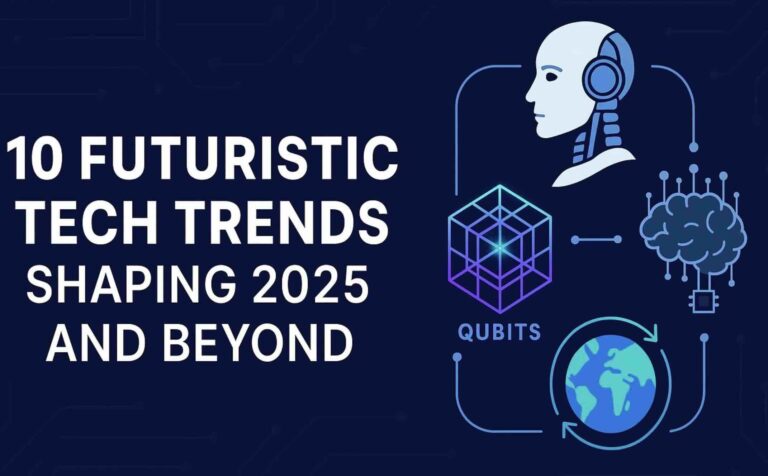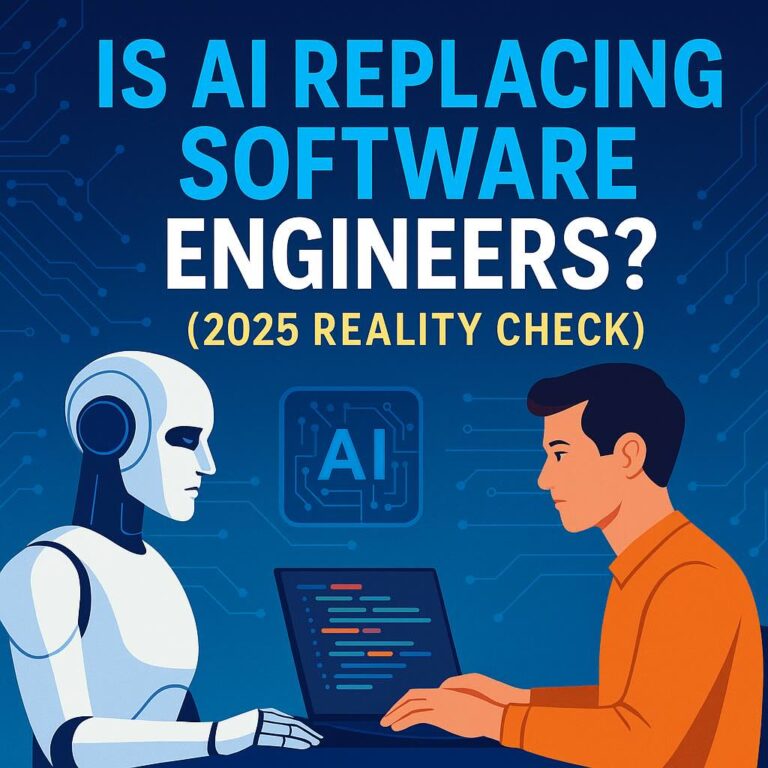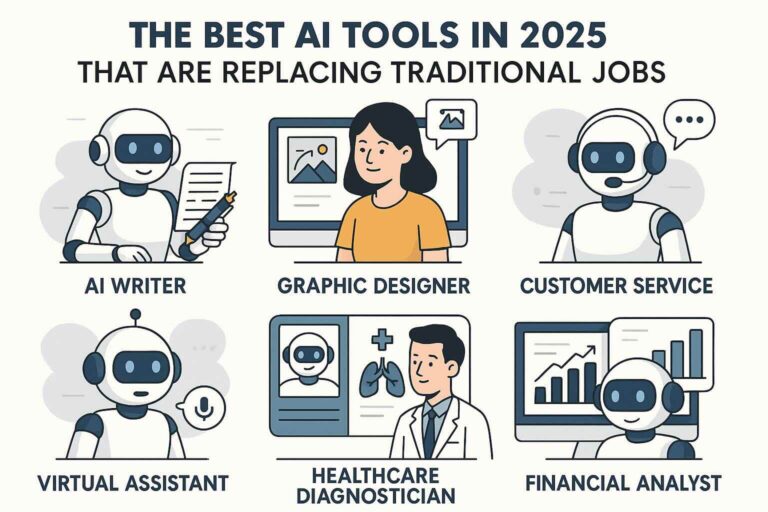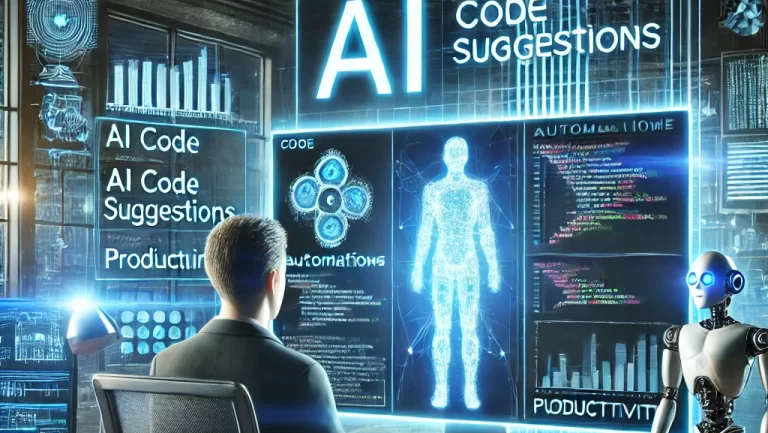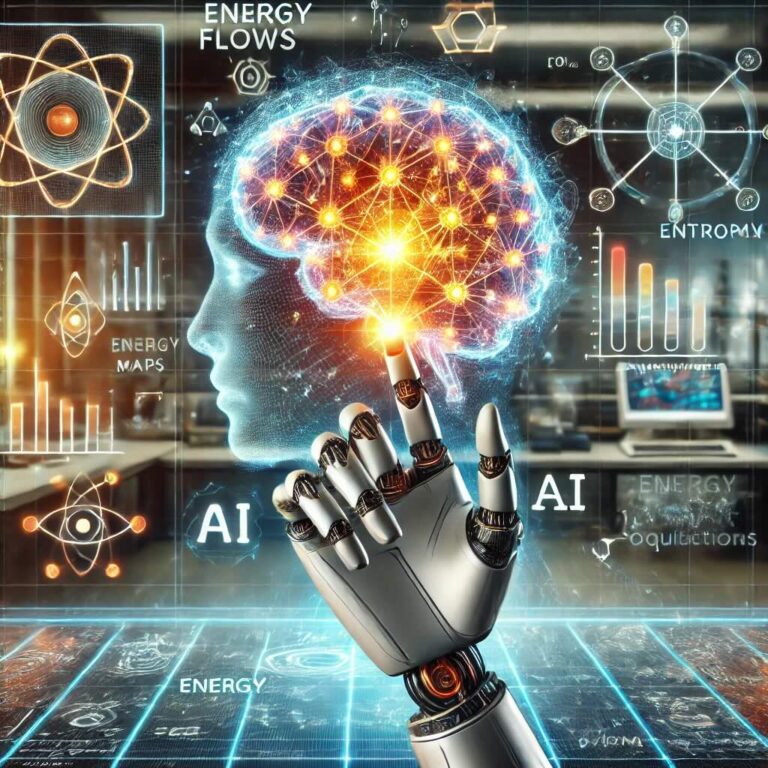Artificial Intelligence (AI) is revolutionizing various industries, and one of its most profound impacts is on data centers and the digital landscape. The rise of AI is not just a technological advancement; it’s a paradigm shift that’s transforming how data is stored, processed, and utilized. This article explores how AI is reshaping data centers and the broader digital landscape, providing examples and insights to help readers understand and appreciate these changes.
1. The Evolution of Data Centers
Traditional Data Centers
Traditionally, data centers were massive facilities filled with rows of servers, managed by teams of IT professionals. These data centers required extensive manual intervention for tasks such as hardware maintenance, software updates, and troubleshooting. The energy consumption was high, and efficiency was often suboptimal.
The Shift to AI-Driven Data Centers
With the rise of AI, data centers are undergoing a transformation. AI-driven data centers leverage machine learning algorithms, predictive analytics, and automation to enhance efficiency, reduce costs, and improve reliability. This shift is leading to the development of smarter, more resilient, and sustainable data centers.
2. How AI is Transforming Data Centers
Predictive Maintenance
One of the significant advantages of AI in data centers is predictive maintenance. Traditional maintenance practices involve regular checks and reactive measures when issues arise. In contrast, AI enables predictive maintenance by analyzing data from sensors and logs to predict potential failures before they occur.
Example: Google’s Data Centers
Google’s data centers are a prime example of how AI can enhance predictive maintenance. By using AI algorithms developed by DeepMind, Google can predict potential equipment failures with high accuracy. This predictive capability allows for timely interventions, reducing downtime and maintenance costs.
Energy Efficiency
Energy consumption is a critical concern for data centers, accounting for a significant portion of operational costs. AI can optimize energy usage by analyzing patterns and making real-time adjustments to cooling systems and server workloads.
Example: Microsoft and AI for Energy Efficiency
Microsoft has integrated AI into its data centers to improve energy efficiency. The AI systems monitor and control cooling systems, optimizing the temperature and airflow to reduce energy consumption. As a result, Microsoft has achieved substantial energy savings and reduced its carbon footprint.
Load Balancing and Resource Allocation
AI algorithms can optimize load balancing and resource allocation within data centers. By analyzing real-time data, AI can distribute workloads more effectively, ensuring that servers operate at optimal capacity without overloading.
Example: Amazon Web Services (AWS)
Amazon Web Services (AWS) employs AI to manage load balancing and resource allocation. The AI systems dynamically allocate resources based on demand, ensuring efficient use of server capacity. This approach enhances performance and reduces latency for users.
Security and Threat Detection
Data centers are prime targets for cyberattacks, and traditional security measures are often insufficient to handle sophisticated threats. AI enhances security by identifying and mitigating potential threats in real-time.
Example: IBM Watson for Cybersecurity
IBM’s Watson for Cybersecurity leverages AI to analyze vast amounts of data and identify potential security threats. By detecting anomalies and suspicious activities, Watson helps data centers respond to threats proactively, minimizing the risk of data breaches.
3. Impact of AI on the Digital Landscape
Enhanced Data Processing
AI is transforming how data is processed and analyzed. Traditional data processing methods often struggle to handle the sheer volume and complexity of data generated by modern applications. AI, with its ability to analyze vast amounts of data at unprecedented speeds, enables real-time analytics and insights that were previously unattainable.
Example: Netflix and AI-Driven Recommendations
Netflix uses AI to analyze viewer data and provide personalized recommendations. The AI algorithms process data on viewing history, user preferences, and content attributes to suggest shows and movies that align with individual tastes. By leveraging AI for data processing, Netflix can deliver a personalized viewing experience that keeps users engaged and satisfied.
Improved User Experience
AI is reshaping the digital landscape by enhancing user experiences across various platforms. From personalized recommendations to voice-activated assistants, AI-driven innovations are making digital interactions more intuitive and enjoyable.
Example: Amazon Alexa
Amazon Alexa, powered by AI, provides a seamless user experience through voice commands. Users can interact with Alexa to set reminders, play music, control smart home devices, and more. The AI algorithms behind Alexa enable natural language processing, allowing users to communicate with the assistant in a conversational manner.
Accelerating Innovation
AI is a catalyst for innovation, driving advancements in fields such as healthcare, finance, and transportation. By automating processes and providing deep insights, AI enables businesses to innovate faster and more effectively.
Example: AI in Healthcare
AI is revolutionizing healthcare by enabling precision medicine, improving diagnostics, and streamlining administrative tasks. For instance, AI algorithms can analyze medical images with high accuracy, assisting doctors in diagnosing conditions such as cancer at an early stage. Additionally, AI-powered chatbots can provide personalized health advice and support, improving patient care.
4. The Future of AI in Data Centers
Autonomous Data Centers
The future of data centers lies in full autonomy, where AI systems manage and operate data centers with minimal human intervention. Autonomous data centers will be self-healing, self-optimizing, and capable of making intelligent decisions based on real-time data. In an autonomous data center, AI algorithms will monitor and control all aspects of operations, from hardware maintenance to energy management. These AI systems will detect and address issues before they impact performance, ensuring continuous and reliable service. Additionally, autonomous data centers will optimize resource utilization and energy efficiency, reducing operational costs and environmental impact.
AI-Powered Edge Computing
As the demand for low-latency applications grows, AI-powered edge computing will become increasingly important. Edge computing involves processing data closer to the source, reducing latency and enhancing performance for applications such as autonomous vehicles and IoT devices. AI-powered edge computing will enable real-time data processing and decision-making at the edge of the network. For instance, autonomous vehicles will rely on AI algorithms to process sensor data and make split-second decisions. Similarly, IoT devices will use AI to analyze data locally, reducing the need for data transfer to centralized data centers.
Sustainable Data Centers
AI will play a crucial role in making data centers more sustainable. By optimizing energy usage, reducing waste, and enhancing resource efficiency, AI can help data centers minimize their environmental impact. AI-driven energy management systems will monitor and control cooling systems, server workloads, and power consumption to optimize efficiency. These AI systems will analyze data from sensors and adjust settings dynamically to minimize energy usage. Additionally, AI can identify opportunities for using renewable energy sources and implementing sustainable practices.
Conclusion
The AI revolution is reshaping data centers and the digital landscape in profound ways. From predictive maintenance and energy efficiency to enhanced data processing and user experiences, AI is driving significant improvements across the board. As AI continues to evolve, its impact on data centers and the broader digital infrastructure will only grow, leading to smarter, more resilient, and sustainable systems. Embracing AI-driven innovations will be crucial for organizations to stay competitive and thrive in the digital age.
By understanding and leveraging the power of AI, businesses can unlock new opportunities, drive innovation, and create a better future for all. The AI revolution is here, and it’s transforming the way we live, work, and interact with technology. Let’s embrace this change and harness the potential of AI to build a smarter, more connected world.



